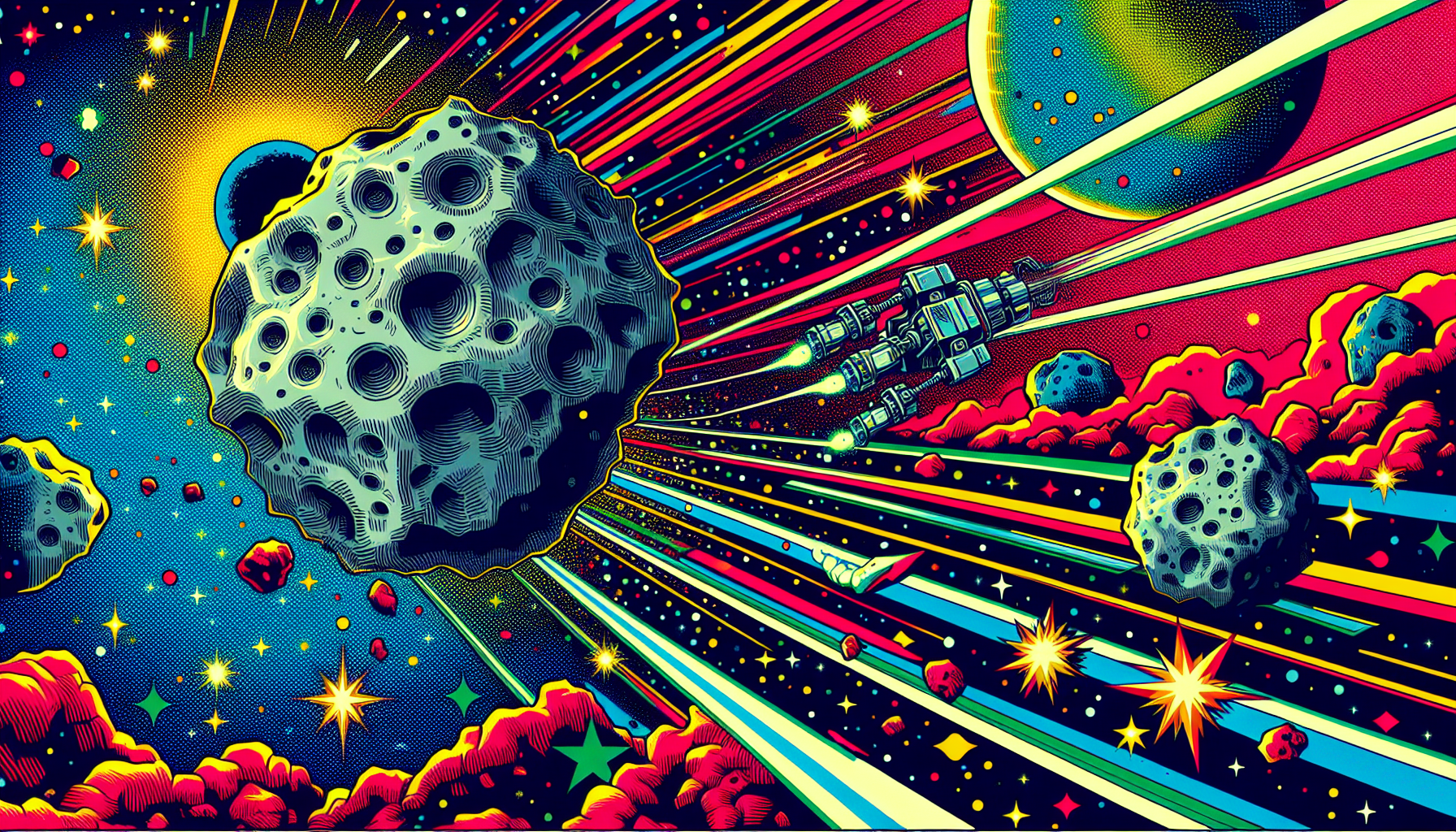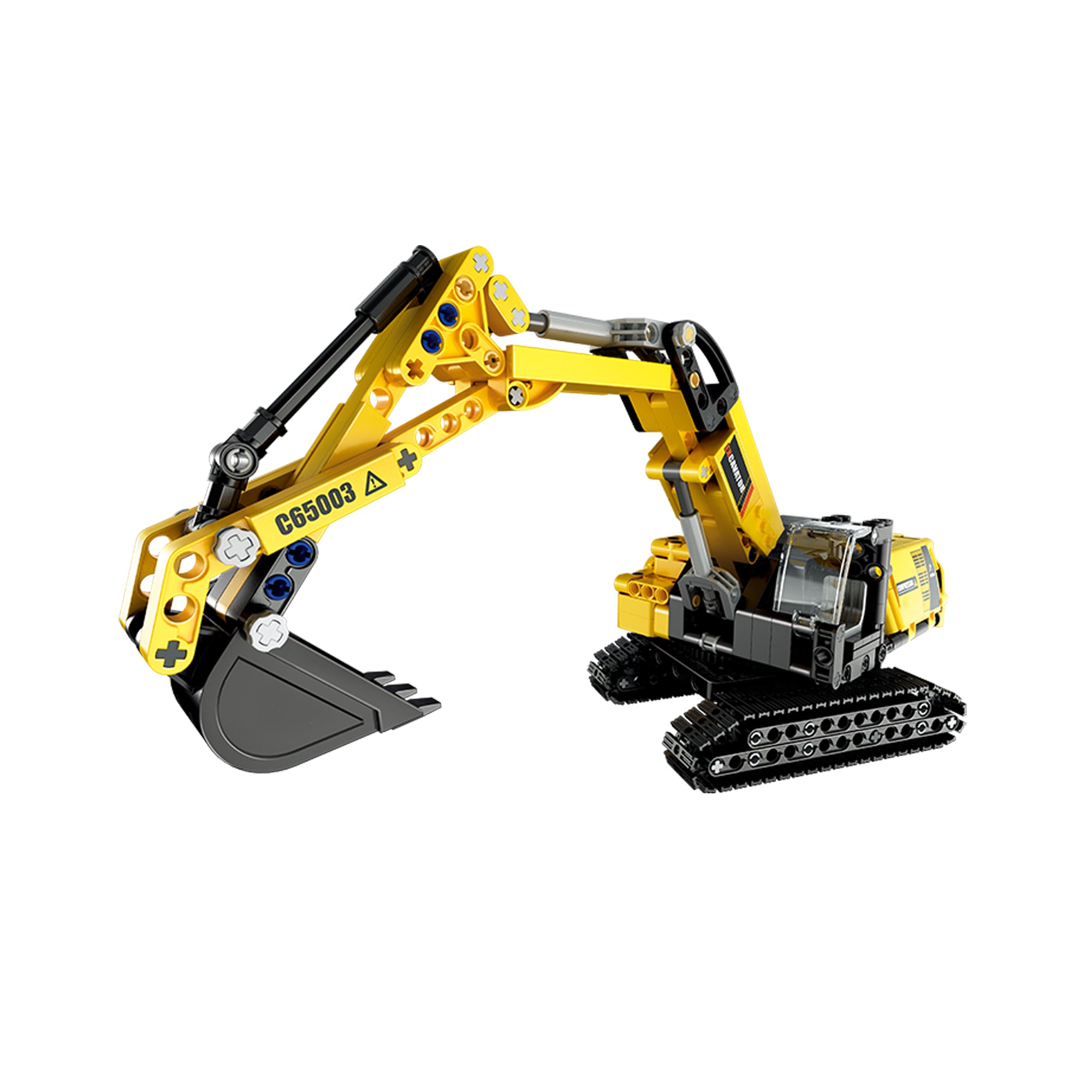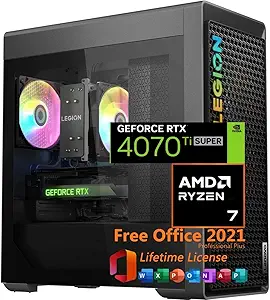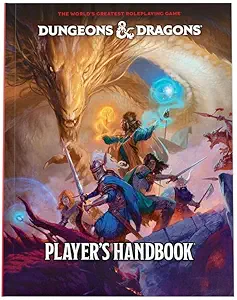Space is the final frontier. It’s vast, it’s mysterious, and it’s full of potential riches. Enter asteroid mining, the buzzword orbiting tech circles with a promise to revolutionize resource gathering. But is it just sci-fi babble or a tangible next step in space exploration? Let’s dig into the nuts, bolts, and maybe even a chuckle or two, as we explore this cosmic quest for mineral wealth.
Asteroid Mining Defined
Asteroid mining is the extraction of valuable resources from asteroids. Imagine these floating rocks as treasure troves containing precious metals like platinum, gold, and rare minerals. The potential benefits are significant, offering a substantial boost to Earth’s resource supply without the environmental havoc of traditional mining methods. By tapping into these cosmic sources, we could alleviate resource shortages on our pale blue dot. This isn’t just theory; it’s a bold proposition that invites intrigue and optimism. Key aspects of asteroid mining include:
- The vast number of asteroids available for exploration with millions estimated within our solar system
- Potential yields of valuable materials including water, precious metals, and rare earth elements
- Reduction of mining pressure on Earth’s resources and ecosystems
- The exciting possibility of supporting future space missions and colonies, laying the groundwork for human presence beyond our planet
Considering these factors, asteroid mining shapes the conversation around sustainability and technology in our daily lives. The idea that we can look beyond Earth not only offers hope in solving our resource crisis but also ignites imagination about new frontiers and challenges.
Heart of the Matter Technologies Role
We might not be ready to send a massive backhoe into the cosmos, yet we’re closer than ever thanks to advancements in robotics and automation. A highlight in this area is a cat-like robot developed by China’s Harbin Institute of Technology. In a space environment, this robot mimics feline agility, making it perfect for navigating the uneven terrain of asteroids. With its advanced control systems, it can gracefully land and make strategic movements, setting the stage for effective resource extraction on these low-gravity bodies. This is not just a theoretical exercise; several missions are testing the waters:
- The European Space Agency’s Hera mission aims to demonstrate techniques for asteroid exploration.
- NASA’s Asteroid Redirect Mission (ARM) focuses on capturing a small asteroid to investigate its composition.
- Japan’s Hayabusa2 has successfully retrieved samples from asteroid Ryugu, showcasing potential for future projects.
As advancements in robotics continue, we can envision fleets of autonomous drones and rovers equipped to mine these celestial bodies, leading us to a path where asteroid mining becomes a viable option for humanity’s resource future. With ongoing innovations in AI, we might soon witness a world where machines can make decisions and adapt to the unpredictable environments of space mining.
Challenges That Await
Asteroid mining faces hurdles. The primary issue is the difficulty of landing on and maneuvering around these low-gravity celestial bodies. Even slight miscalculations in navigation can lead to disastrous landings. Plus, launching these complex missions presents monumental financial challenges, as the development of extraction technologies and the costs of space travel skyrocket. Consider the various factors:
- High research and development costs for mining technology and robotics capable of withstanding harsh conditions in space
- The need for reliable propulsion systems for long-distance space travel which are still in developmental stages
- Legal and ethical considerations surrounding space resource ownership, as current treaties do not clearly address ownership outside Earth
Success stories like Japan’s Hayabusa2 mission, which successfully retrieved samples from asteroid Ryugu illuminate feasible paths forward. Its success showcases that with the right technology and determination, these challenges can and will be met. As we weather the storms of innovation, the path toward asteroid mining is as crucial as the potential rewards it may yield. Embracing cross-border collaborations and investments may also pave the way in overcoming these challenges.
Visions for Tomorrow
The future of asteroid mining is peppered with possibility. Continued technological innovation may tackle current challenges, leading to breakthroughs akin to ETH Zurich’s SpaceHopper. This concept is designed to hop across asteroid surfaces, collecting resources much like a galactic Easter egg hunt. Imagine robots equipped with sophisticated AI negotiating the surface of an asteroid, reminiscent of the moonwalkers in 1969. Should asteroid mining fully realize its potential, we could witness profound economic shifts as off-Earth sourcing becomes the norm. The implications could be far-reaching:
- Potentially lower costs for rare metals, impacting various industries on Earth that rely on these resources
- Enabling new technologies that utilize these resources, including advancements in alternative energy
- Shaping international space policies ensuring fairness and sustainability in extraterrestrial activities
- Creating unforeseen economic opportunities for companies in the space sector, encouraging entrepreneurship in this new frontier
As we journey towards mining the stars, it’s not only about what we might gain; it’s also about how this endeavor could redefine our relationship with resources both in space and on Earth. The heart of exploration lies not in the bounty we find but in how we choose to share and utilize it across nations and generations.
Space Miners Reactions and Reflective Humor
With revolutionary ideas comes enthusiasm, skepticism, and humor. On one side, you have dreamers envisioning a resource-rich future, while practical thinkers raise eyebrows at logistics. The online humor machine churns scenarios where a mining company inadvertently triggers a gold rush from an asteroid, resulting in unexpected billionaire statuses. Amidst laughs and criticisms, these conversations deepen our understanding of the risks and potential rewards of asteroid mining. Consider:
- Webcomics making light of inevitable space avatar startup culture arising from a gold rush in asteroids
- Social media memes exaggerating the plight of space miners finding themselves in cosmic debt
- Humorous debates on how asteroid prospectors might pay their bills back on Earth
Such narratives entertain while sparking critical discussions about the future of space industrialization. Balancing humor with serious discourse nurtures the far-reaching dream of asteroid mining as part of humanity’s next great leap. As engagement with these ideas increases, we bring the concept of space mining into our everyday conversations, reflecting our growing curiosity about our cosmic neighbors and responsibilities.
Final Thoughts on Cosmic Ventures
Pondering whether asteroid mining represents the next giant leap for mankind reveals one truth: it offers an exciting frontier ripe for exploration. The journey towards making this concept a reality requires ongoing research, innovation, and engagement from those captivated by space’s mysteries. For anyone fascinated by the cosmos, keep your eyes on the stars and your minds open to possibilities. After all, the line between science fiction and reality is often thinner than we think. As we encourage scientific dialogue and exploration, the potential of asteroid mining sparks wonder and curiosity, awakening dreams in many hearts. We are entering an era where tomorrow’s sci-fi dreams may indeed become today’s tangible endeavors, reshaping how we perceive resources in our universe.










